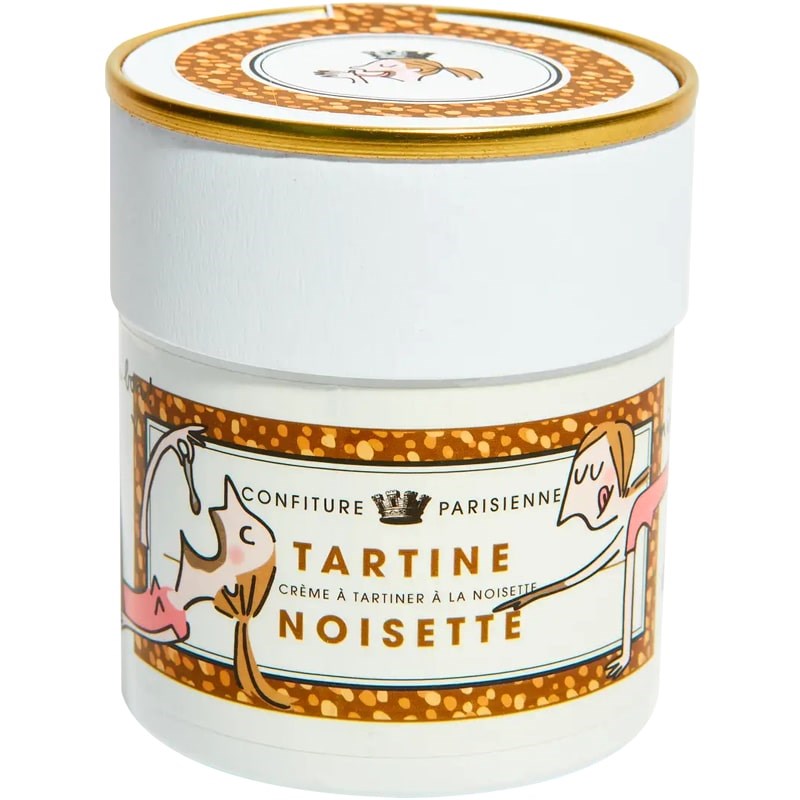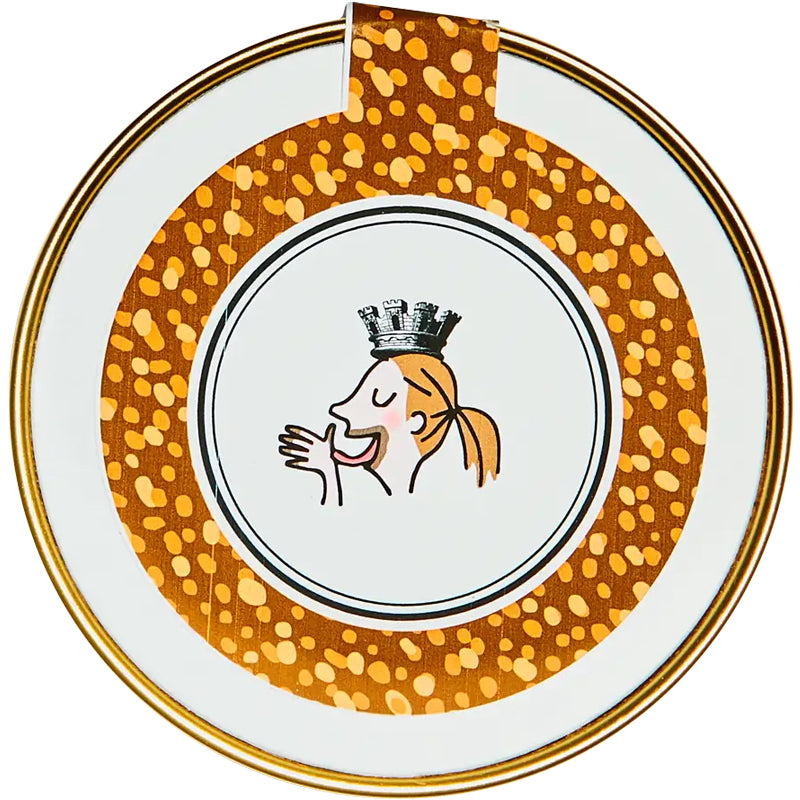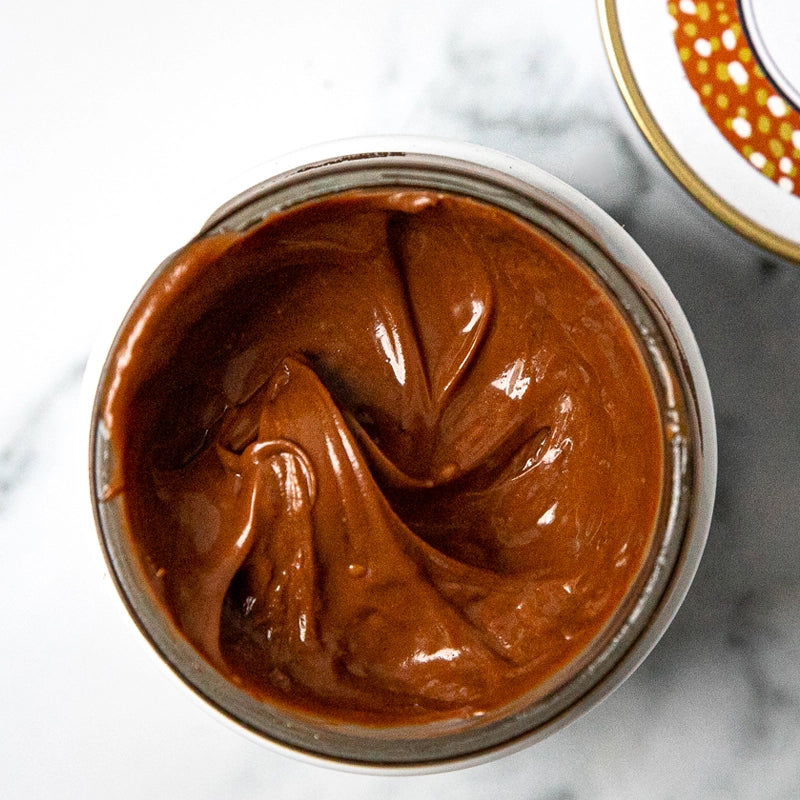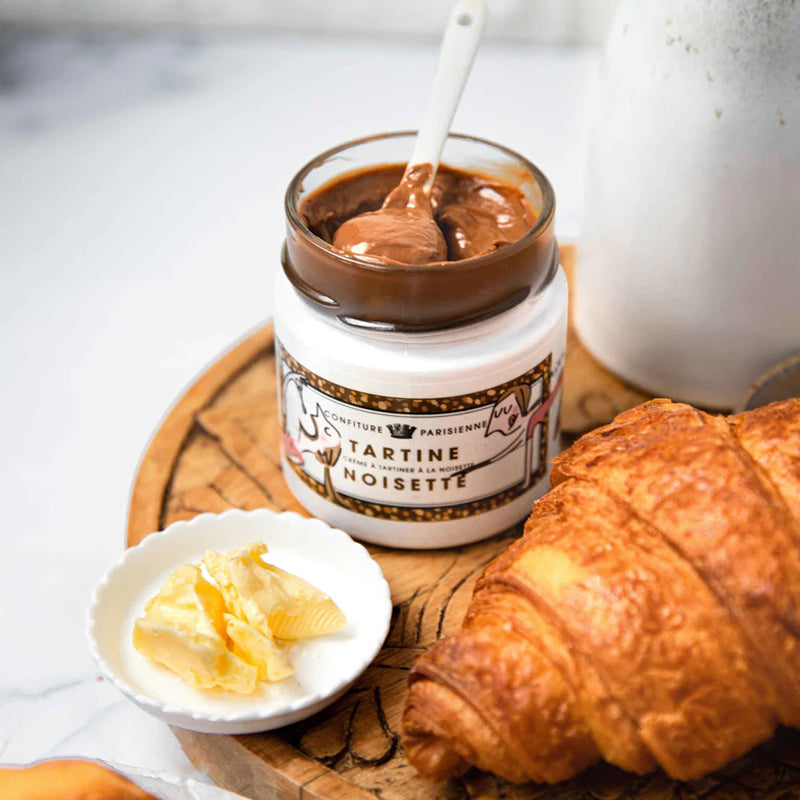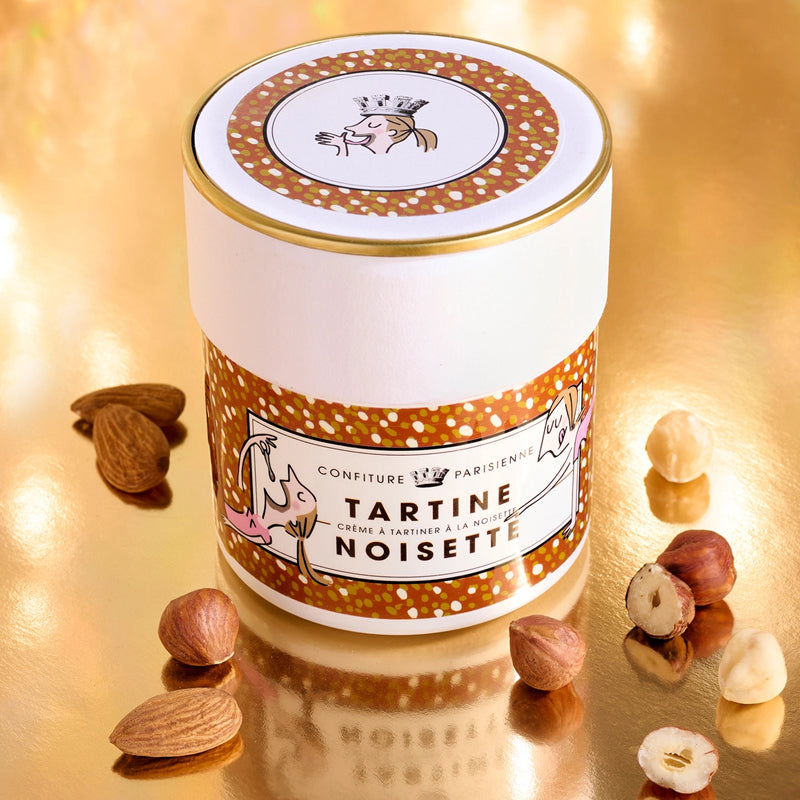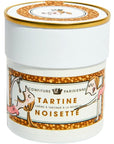
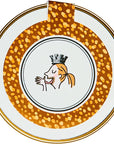
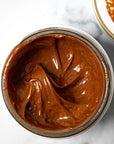
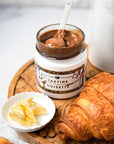
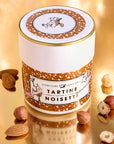
$24.00
Hazelnut Spread
SKU: 49517
Tartine is a creamy spread. Please note, not paste: cream. Not the kind that sticks to the knife and washes away the bread crumbs with the bath water, no: a real smooth cream made from Piedmont and Alba hazelnuts, almonds, cane sugar and pure cocoa. Nothing else? No, really nothing else.
Tasting Tips:
With biscuits dipped directly into the jar, on a slice of freshly toasted brioche, on ice cream, or inside a muffin for maximum pleasure...
These statements have not been evaluated by the Food and Drug Administration. This product is not intended to diagnose, treat, cure, or prevent any disease.
These statements have not been evaluated by the Food and Drug Administration. This product is not intended to diagnose, treat, cure, or prevent any disease.
Hazelnut, Cane Sugar, Almond, Cacao.
Ingredients may be subject to change. The most accurate and up to date product ingredient list can also found on the product packaging.
Ingredients may be subject to change. The most accurate and up to date product ingredient list can also found on the product packaging.
In 2015, to revive a Parisian tradition, Nadège Gaultier and Laura Goninet founded Confiture Parisienne with the desire to create exceptional jams using products that are just as exceptional.
Since ancient times, foodies have developed various recipes for preserving fruits by cooking them with wine or honey.
But to taste jams as we know them, you have to wait for the first crusades and the introduction of cane sugar from the Arab world. This luxury food allows the transformation of fruit into jam, only reserved for royal tables. At the beginning of the 19th century, the production of beet sugar democratized this product. In Paris, many jam makers opened their stalls and supplied themselves with fruit from the surrounding orchards.
Since ancient times, foodies have developed various recipes for preserving fruits by cooking them with wine or honey.
But to taste jams as we know them, you have to wait for the first crusades and the introduction of cane sugar from the Arab world. This luxury food allows the transformation of fruit into jam, only reserved for royal tables. At the beginning of the 19th century, the production of beet sugar democratized this product. In Paris, many jam makers opened their stalls and supplied themselves with fruit from the surrounding orchards.

